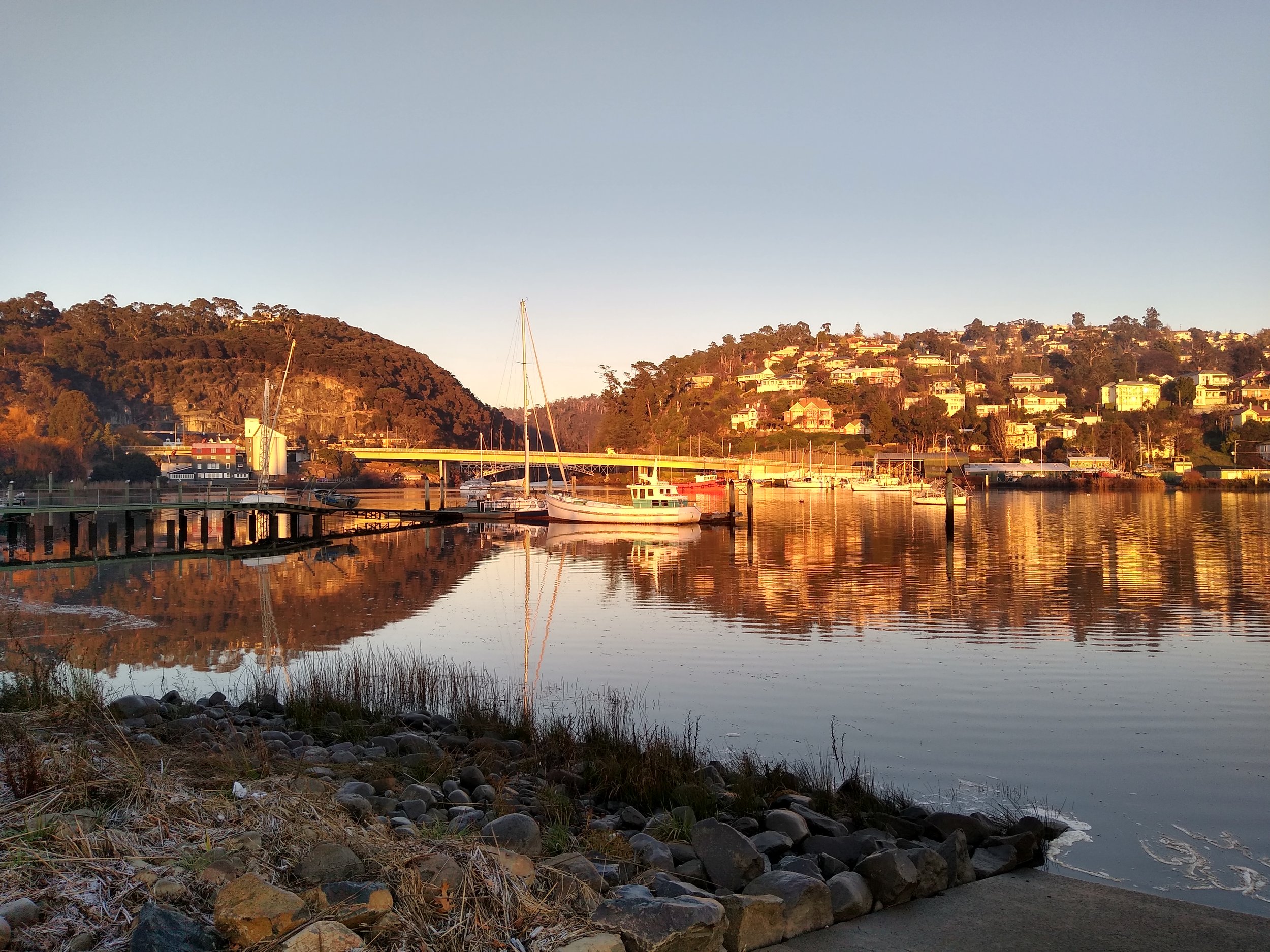
Water Sensitive Urban Design
Stormwater management initially focused on draining urban areas as quickly as possible during rainfall events. This approach has been very effective in flood mitigation, but unfortunately, equally effective in washing large amounts of pollution directly into our waterways.
Declining water quality and ecological health in urban waterways has led stormwater managers to review traditional approaches to managing stormwater. The initial focus was on flood mitigation but grew to include the preservation and restoration of urban waterways as well as the use of stormwater as a resource. The review process led to the development of Water Sensitive Urban Design (WSUD) in Perth, WA during the early 1990s, an improved approach to stormwater management which has been increasingly adopted around Australia.
WSUD procedures for stormwater management
WSUD incorporates water management features into the urban landscape and has multiple environmental and aesthetic benefits such as:
reducing stormwater flows and pollutant loads – thereby protecting downstream waterways - by collecting and treating stormwater in wetlands, ponds, bioretention swales or grass swales;
conserving potable water by collecting roof runoff and stormwater in rainwater tanks or underground storage for reuse in gardens and toilets;
minimising impervious surfaces by use of porous pavements (e.g. for carparks, roads and driveways) and minimising housing footprints; and
providing public open spaces for stormwater treatment (e.g. wetlands), recreation and visual amenity (which also increases land values). WSUD applies to both urban and rural developments and can either be retrofitted into existing urbanised catchments or incorporated at the design stage of new developments.


